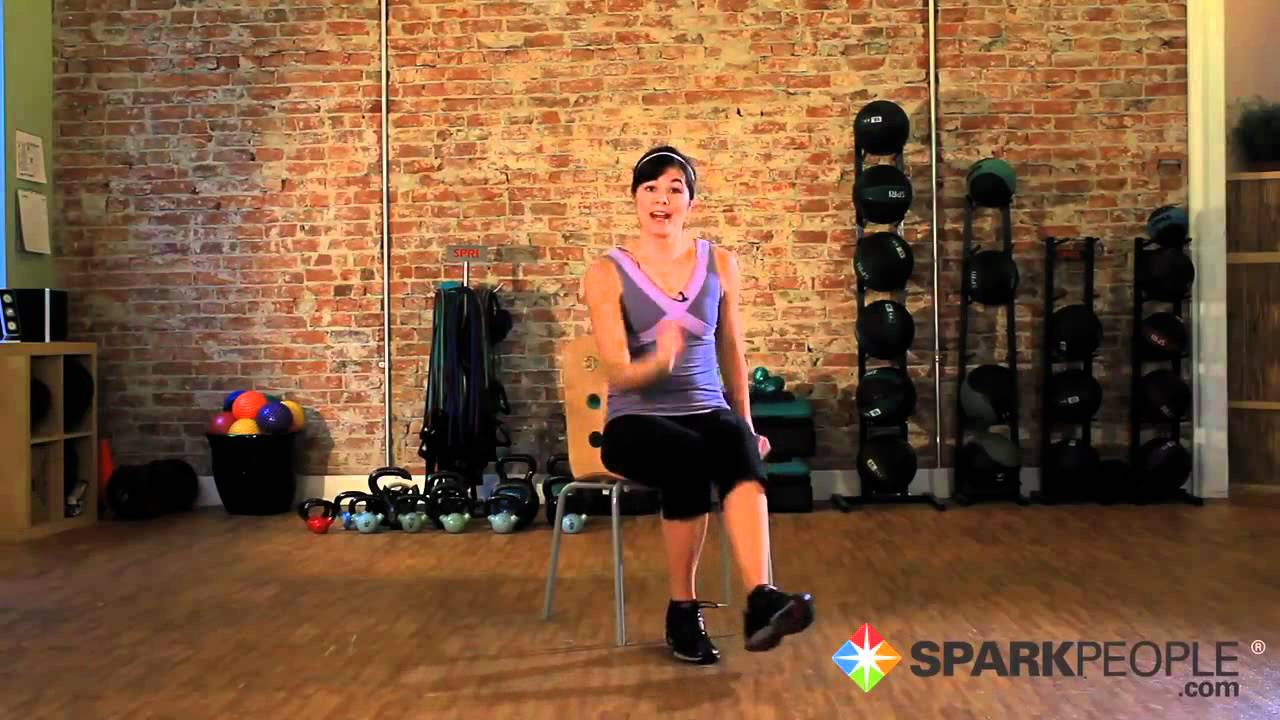This fourth chapter focuses on sports and disability support services. It examines recent research on advocacy, sport, disability, and physical activity. It examines disability from many perspectives and suggests many outcomes, including safety, economic opportunities and health. The report also looks at the experiences of people with disabilities who participate in sport, as well as how injury, illness, motivation, and disability affect their participation. It also discusses the research and discusses the best goals for disabled people’s physical activity.

Six articles on Physical Activity for Disabled People
This chapter gives a brief overview of Chirnside Park NDIS for disabled people, especially those with acquired or life-altering conditions such as Parkinson’s or muscular dystrophy. It addresses factors that can inhibit physical activity such as injury, illness or disability, depression, low self-esteem, lack of motivation, lack of knowledge about how to play sports, and potential negative consequences of not engaging. It also looks at the impact of sport on different forms of disability. It concludes by highlighting the importance of physical disability support services and disability in motivating, inspiring and boosting self-esteem.
Six articles on Physical Activity for Disabled People
The third article continued the theme from the second chapter of this series, which discussed the different ways disability aids can impact activity. The article then discussed the various ways that disability aids and obstacles can be managed, planned and implemented at both a national as well as personal level. The article concluded by describing the positive benefits of physical activity for disabled people. It also examined some of the challenges and common problems that disabled people might encounter when participating in sports and other physical activities. The report recommended that further research be done to understand disability, its causes, as well as how it affects participation.
The fourth article was entitled A Panacea to the Disabled. This article looked at how the inclusion of physical activity in the everyday lives of disabled people has created a sense of belonging and community. It also discussed the need for more research to encourage disabled people to participate in outdoor sports. It concluded by describing how Paralympics can provide a source of motivation and inspiration for those diagnosed with a physical impairment or who have been physically affected. Finally, it discussed the need for more accessible sports for the disabled.
The fifth article was titled "New dimensions in physical activity and rehabilitation for people with disabilities". This article explored the many different resources and equipment that are available to help people with disabilities. It argued that the increasing availability of disability equipment should contribute towards making disabled people more mobile, not less so. It also described some of its problems in choosing equipment, including finding equipment that's safe, functional, and inexpensive.
The sixth article looked at how the introduction of sporting activities might change attitudes and help build a new identity and self-worth. It explained how certain types of physical activity, like swimming and rugby, can help build self-worth and spirit. It also explained how certain forms of exercise, such as biking and wheelchair jogging have been shown to improve brain function and reduce stress. It stated that people with physical disabilities can take advantage of these and other forms empowering activity to improve their self-worth. Finally, it suggested that people with disabilities should consider taking part in sporting events in order to increase social awareness and participate in the public arena. The article suggested that people with disabilities should be encouraged to participate in sporting activities in a non-judgmental, supportive and non- adversarial manner.

